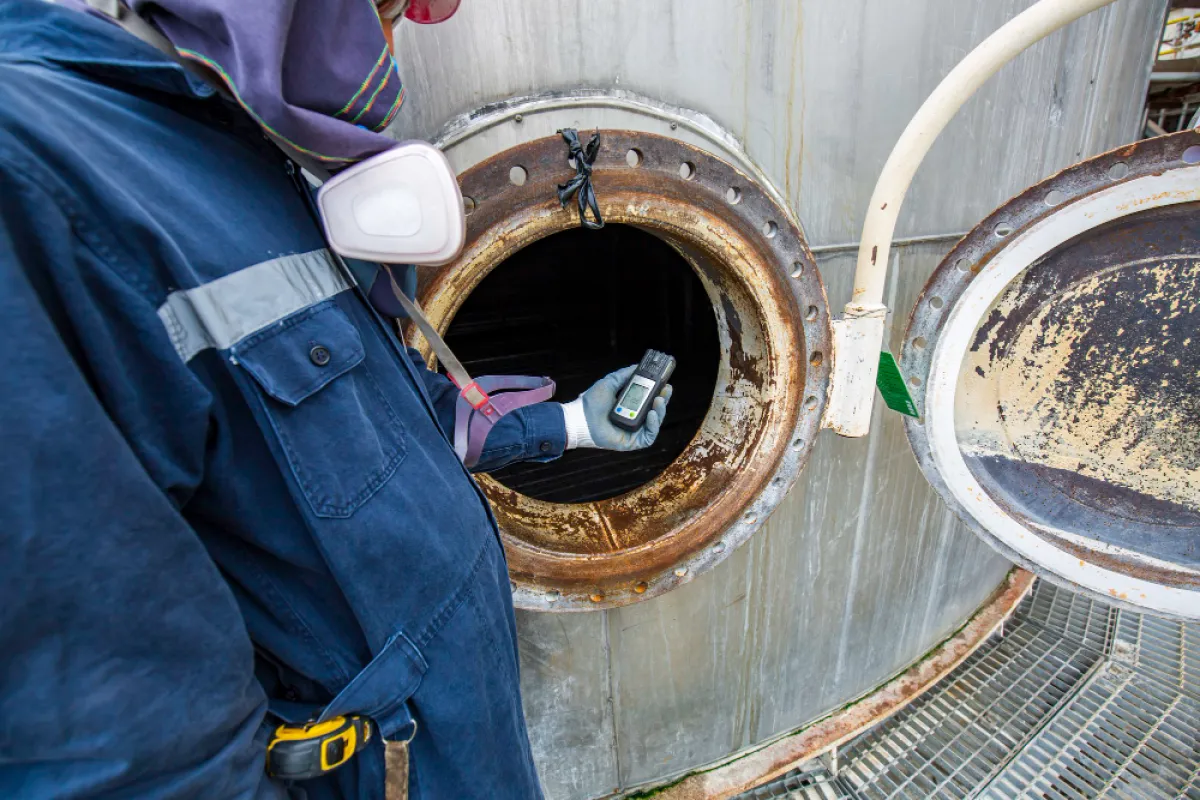
The operation of animal feed industries has become one of the issues with a high volume of public complaints, with problems ranging from foul odors, dust particles, to the discharge of untreated wastewater or treatment not up to standards, causing environmental problems and impacting the community.
The Department of Pollution Control found that animal feed production or factories have inadequate wastewater quality adjustments, including wastewater treatment that does not meet the set standards. This results in the release of waste into water sources and public canals. Therefore, it is necessary to establish standards to control wastewater discharge from animal feed factories to be appropriate with the raw materials, production processes, arising pollution, wastewater treatment technology, and consistent with the current related laws.
In order to establish these standards for wastewater discharge from animal feed factories and to ensure that the wastewater quality is within the standards, a regulation is being prepared. In the meantime, the public and various sectors are invited to participate and share their views on the ministry's announcement on setting standards for wastewater discharge from animal feed factories. This is to gather opinions and suggestions for the approval of the working group setting the standards for wastewater discharge from animal feed factories.
However, the Department of Pollution Control has summarized the process of water usage in animal feed factories, which identified the following issues with wastewater:
Data updated on May 22, 2023
Source : Department of Pollution Control
Tel: +66 2298 2000